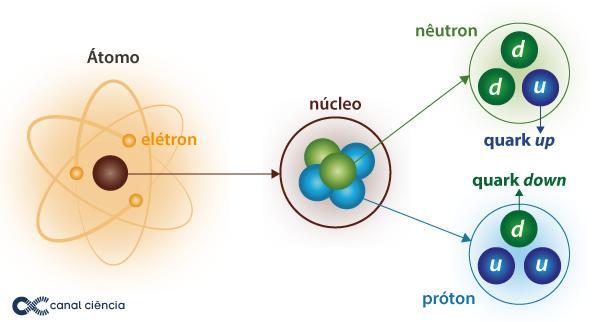In the sixties of last century, it was found that protons and neutrons, the constituents of atomic nuclei, are not elementary particles but bound states of quarks and gluons. However, never a quark or a gluon were observed directly. They appear as constituents of bound states as are the proton, the neutron, the pion and other “elementary” particles.
The force responsible for the bound states is called color or strong interaction and is described by Quantum Chromodynamics (QCD). Although the theory of color interaction was formulated in the seventies of the last century, given it nature it is not possible to study QCD using the mathematical tools which have been previously developed for Quantum Electrodynamics (QED).
The solution for solving QCD was found by Kenneth Wilson in 1974, who has proposed a proper discretization of the continuum space-time and simulate the theory on a computer. Since then, the lattice formulation of QCD allowed a huge progress on the understanding of the strong interactions. Lattice QCD simulations require the use of the fastest supercomputers of the world.
The lack of free quarks and gluons in Nature, known as the confinement problem, is one of the major open problems in QCD. The confinement problem is one of the Millennium Prize Problems defined by the Clay Mathematical Institute with an associated prize of US$1,000,000 for those who find the solution. Moreover, it is known from heavy-ion experiments, that for sufficiently high temperatures and densities, as happened just after the Big Bang, the quarks and gluons behave almost as free particles. This is also an intriguing characteristic of the color force.
The lattice QCD group at the University of Coimbra, Portugal, has an ambitious research project to study the fundamental problems of strong integration from lattice QCD simulations. It aims to perform realistic simulations on how quarks and gluons propagate and interact at different temperatures. Hopefully this will allow to get a better understanding of the strong interaction in various regimes of temperature and matter density.
The use of high performance computing resources, in particular the use of Navigator, has been crucial for the lattice QCD Coimbra group research program.
